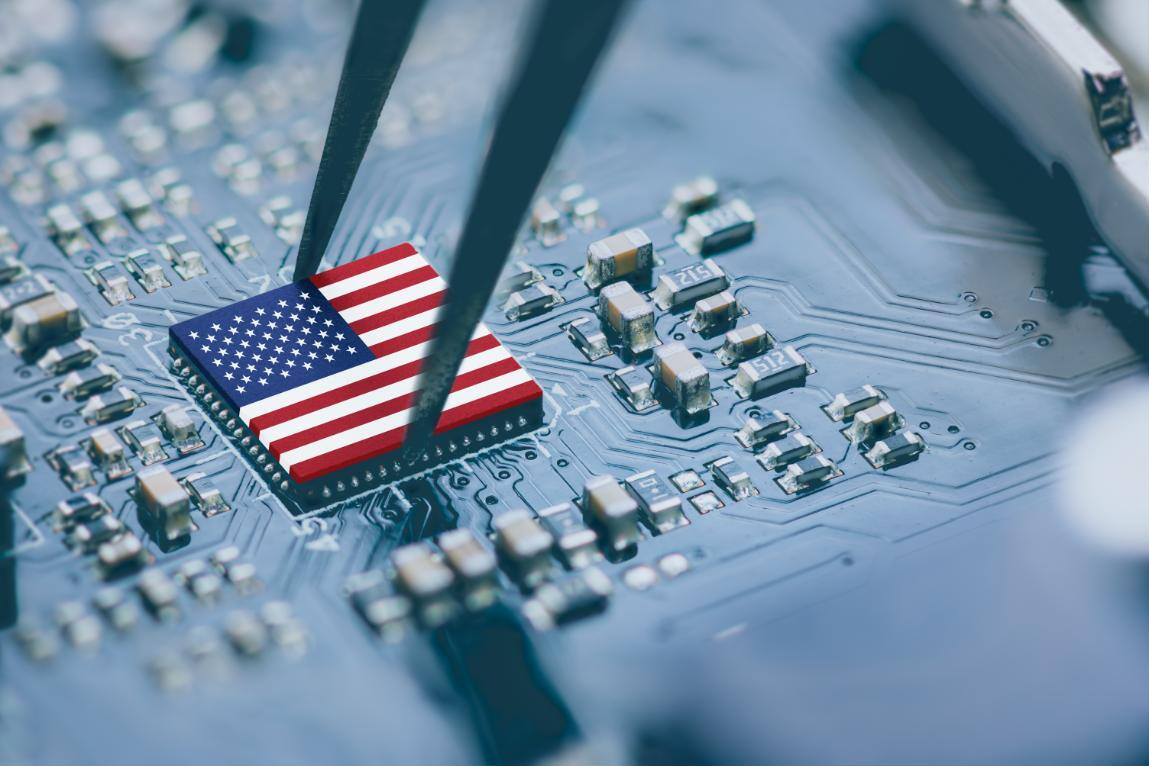What GSA Schedule Contractors Need to Know About the Buy American Act (BAA)
Government | 6 Min Read
The push to favor domestic items over foreign materials and products dates back to the early 1930s when the Buy American Act (BAA) was established. Since then, presidential administrations from both parties have worked to strengthen and revise the act. The BAA is an important piece of legislation for GSA contractors because it impacts the purchasing habits of federal agencies.
The BAA is becoming more timely because the Trump Administration is heavily prioritizing domestic products and services through Executive Orders (EO) such as the America First Trade Policy. So, what exactly is the BAA and how does it impact contractors? We’ll cover what you need know about the BAA below.
What is the Buy American Act (BAA)?
Created in 1933 under President Hoover, the Buy American Act (BAA) was created to encourage federal agencies to procure domestic materials and products. It has since been revised and brought back to life by recent presidential administrations, with a stronger focus on domestic supply chains and the American workforce.
The Buy American Act (BAA) was reinforced in July of 2021 with tougher guidelines in order to strengthen domestic industry in the U.S. The BAA supports the development and expansion of domestic supply chains for quality important products, investments in workforce training, and supports small businesses. U.S. made products or goods bought with taxpayer money threshold rose from 55% to 65% in the past two years, and will eventually be up to 75% by 2029.
The BAA was also mentioned in the Trump Administration's recent EO on America First Trade Policy, which we'll go on more detail on later in this article.
How Buy American Legislation Affects GSA Schedule Contractors
As mentioned above, the goal behind Buy American legislation and policies is to increase domestic employment and expand the volume and revenue of U.S. manufacturers by supporting the procurement and use of domestic goods. It requires federal agencies to procure domestic articles, material, and supplies.
So, how does the Buy American Act (BAA) work? The Federal Acquisition Regulation (FAR) releases rules for the BAA and determines if a product or material is considered domestic. This means either the product or material is manufactured in the United States, or the cost of the domestic components will surpass at least 65%. On construction material that contains mostly iron or steel, the cost of foreign iron and steel should be less than 5%.
The BAA does not apply to the acquisition of information technology (IT) that is a commercial item, i.e. commercially available off-the-shelf (COTS) items.
The BAA does not mean that government agencies can’t procure items internationally. The government may purchase foreign end products or material, however, the BAA supports the use of domestic products and materials by stipulating a price preference. There are exceptions:
- Non-availability exception as seen in FAR 25.103
- Unreasonable Cost exception as seen in FAR 25.105
- Commissary Resale
- Public Interest – domestic preference would be contradictory to public interest
- Information Technology (as commercial items)
A full review of the BAA can be found in FAR Part 25. This section provides all the formal policies and procedures for foreign acquisition.
While we just covered a brief overview of the BAA, there are certain Executive Orders released in the past few years that seek to strengthen the BAA and in turn directly affect government contractors.
Executive Order 13381
In 2020, the Trump Administration released Executive Order (EO) 13881, “Maximizing Use of American-Made Goods, Products, and Materials” requesting an update of the Buy American standards. The Federal Acquisition Regulation (FAR) Council made all the substantial changes effective January 21, 2021. These included:
- Increasing the percentage of domestic content that a product must have to qualify as a domestic end product. The new rules increased the requirement from 50% to 55%.
- Changing the COTS exception for iron or steel COTS products. These products must comprise of at least 95% U.S. content to qualify as domestic.
- Increasing the price evaluation to 20% for domestic large businesses to 20%, and 30% for small business.
Executive Order 14005
Former President Biden issued Executive Order 14005 for “Ensuring the Future is Made in All of America by All of America’s Workers”. The goal is to procure goods, products and materials produced in the United States. In the EO there are the following fundamental conditions, to name a few:
- Increase the percentage of domestic content that a product must have to qualify as a domestic end-product
- The FAR Council (Federal Acquisition Regulatory) will work on a domestic value-added test to redefine a domestic end-product.
- Creation of a Made in America Office – increase level of review in order to grant a waiver to Made in America Law
Executive Order 14036
Former President Biden released Executive Order 14036 “Promoting Competition in the American Economy” on July, 2021. This EO's purpose was to increase competition within the American economy by having a competitive marketplace for better jobs, buyer choices, improve quality of life, and lower prices.
The EO imposed antitrust laws on major issues to make changes in labor and employment, agriculture, internet platforms, healthcare, transportation sector and defense procurement.
The Final BAA Rule
The Final Rule was issued in 2022 by the Department of Defense (DoD), General Services Administration (GSA), and National Aeronautics and Space Administration (NASA) amending the FAR to execute regulations established in the E.O. seen above.
Regulations in this legislation include raising the BAA’s domestic content threshold from 55% to 60% in October 2022, up to 65% last year in 2024, and finally 75% by 2029. A “fallback threshold” of 55% will also be established in case end-products or construction material are not available domestically or are too expensive.
Executive Order on America First Trade Policy
President Trump released the America First Trade Policy EO in January 2025 to prioritize American interests in international trade. This EO mentions the BAA in section (k), directing the United States Trade Representative to review the impact of all trade agreements on the volume of Federal procurement covered by Executive Order 13788, and make recommendations to ensure the agreements are implemented in a way that favors domestic workers and manufacturers.
Proclamation on Adjusting Imports of Steel into the U.S.
This Proclamation, which was released in February 2025, will restore a Section 232 25% tariff on steel and elevate the tariff to 25% on aluminum. The authority established in Section 232 of the Trade Expansion Act of 1962 was used to impose the steel tariff in 2018 under Trump's first presidency. The goal of this tariff was to protect domestic contractors from unfair competition and increase national security. While not a direct part of the BAA, this Proclamation clearly plays a role in the increase of domestic manufacturers and production.
Moving Forward with the BAA
These Executive Actions outline the importance of compliance and federal purchasing of domestic products and services, and we anticipate it'll only increase from here on out under the Trump Administration. It’s important you stay on top of the BAA and any updates surrounding buy America legislation. To learn about future updates to BAA and the world of government contracting, check out our blog and our monthly newsletter. If you have questions about the BAA and how it relates to your GSA Schedule, or you are interested in getting a GSA Schedule, please reach out to a member of the Winvale team.






